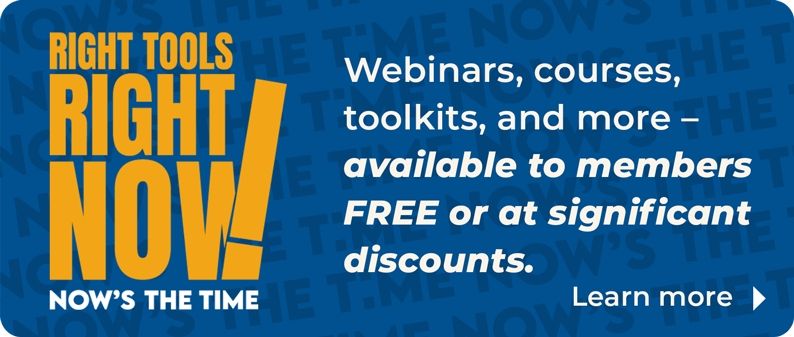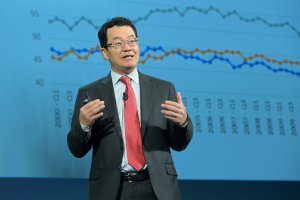Massive gains in computing power over the last decade, along with the ability to acquire large amounts of fine-grain data, have brought the field of urban planning roaring into the 21st Century. These gains have led to a revolution in community planning, benefiting residents in numerous ways.
Tangentially related, but equally as impressive, gains have been made in transmitting some of this data to the end-user, often in real-time, thereby enhancing one’s daily living. Through the phones in our pocket, we have access to detailed travel information no matter what mode of transport one is considering, as well as park access and trail locations and a variety of other public-sector services.
Community planning has benefited in the areas of housing, transportation, parks, land use and response to the impacts of climate change. Significantly, the ability and accountability of a government to deliver resources equitably can be better planned and monitored. Current capabilities to easily crunch large amounts of data allow us to see things that have never been brought to light regarding equity, where for too long, some have known anecdotally inequities existed, but now, the data confirms it.
Particular to housing, data assists us in planning for sustainable economic growth and ensuring vibrant communities, where people at various stages of life can find and affordably live in whatever type of residence makes the most sense for them. Localities often pursue an estimate of housing demand for both market and affordable units by conducting a Housing Needs Assessment and gathering opinions on growth from members of the community.
This edition of On Common Ground explores the collection and use of big data in many aspects of community planning and management and end-user experiences — from housing needs assessments to healthy communities, from transportation to the financial impacts of land-use laws, from parks to sustainability and resilience, and ensuring that all residents benefit equally. There is something for everyone in this edition and the reader can only be left thinking, “What will come next?”












